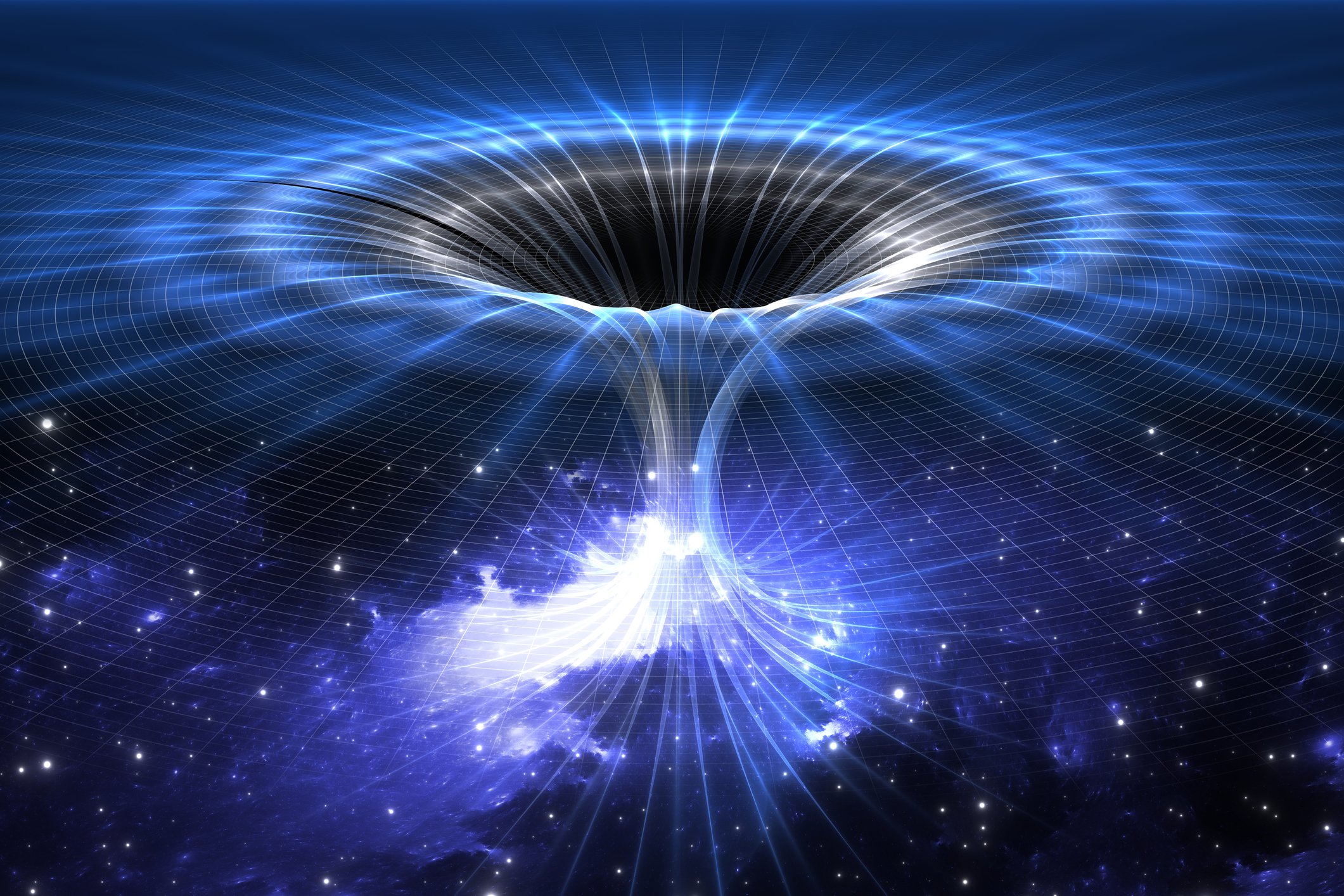In an article published in the scientific journal Nature, a team of scientists explains: Helium superfluid was used to create a sizeable ‘quantum tornado’. The aim of the study is to use these ‘quantum hurricanes’ to better understand the mystery behind black holes; The rotation of this vortex mimics how massive cosmic structures distort the surrounding space-time.
The researchers used liquid helium superfluid cooled to nearly absolute zero, allowing it to move completely without friction; Such materials flow approximately 500 times more easily than water. By analyzing the movement of helium, the team realized that the superfluid had a ‘quantum tornado’. It was formed by thousands of small vortices turning into a large vortex.
To carry out the experiment, the first step was to cool the liquid helium; The second was to place the material in a tank with a propeller at the bottom. In this way, the superfluid began to spin and cause a ‘quantum tornado’.
The materials closest to the power of a black hole begin to spin around and eventually collapse in on themselves; A good example of this is when water flowing down a sink drain creates a vortex until it is drawn into the center of the drain.
“The use of superfluid helium allowed us to study small surface waves in more detail and precision than our previous experiments in water. Because the viscosity of superfluid helium is extremely small, we were able to meticulously investigate and compare its interaction with the superfluid hurricane. Physicist from the University of Nottingham in the United Kingdom “We make the discoveries with our own theoretical projections,” said lead author Patrik Svancara.
Quantum Hurricane and black holes
The study, based on observation of the quantum vortex, identifies some similarities between the motion of superfluid and the behavior of black holes. One of the most notable changes is the similarity to the cosmic event known as a “ringing” that occurs in space when a newly created black hole wobbles on its axis.
When the team cooled the helium to -271 degrees Celsius, it turned into a superfluid; This was a temperature that could slow down the element’s bosons, allowing the liquid to behave like a superatom. The researchers were also able to observe standing waves and excitations similar to motion states in black holes.
“Superfluid helium contains small objects called quantum vortices, which tend to spread out from each other. In our setup, we managed to confine tens of thousands of them into a compact object that resembles a small tornado, achieving a vortex flow of record strength in the field of quantum liquids,” adds Svancara.
Did you like the content? Stay up to date with more studies on black holes at TecMundo. If you wish, take the opportunity to discover whether the Laws of Physics have been discovered or invented.
Source: Tec Mundo
I’m Blaine Morgan, an experienced journalist and writer with over 8 years of experience in the tech industry. My expertise lies in writing about technology news and trends, covering everything from cutting-edge gadgets to emerging software developments. I’ve written for several leading publications including Gadget Onus where I am an author.













